
Just weeks ago, a global trade war felt inevitable. Now, with tariffs suspended and deals inked, markets are daring to hope again.
As mentioned in last month’s report, we fully expected to start seeing some trade agreements take shape and relieve some of the pressure on the markets. We have started to see that during May, and this has boosted the markets. However, some of the fundamental issues still persist, and whilst there is cause for optimism that there will not be a long, protracted global trade war, there will be some bumps along the wayas seen with President Trump threatening the EU with 50% tariffs. There is still no doubt that the way global trade is conducted has shifted.
Trade agreements are normally a long, drawn-out and complicated process, taking years to completenot weeks. Some experts have said that the agreements we have seen this month are fairly basic and will need time to develop into something more meaningful. But the fact they have started shows that the threat of tariffs was a negotiating tactic used by the US to renegotiate trade terms with its trading partners.
We saw the UK–US trade agreement, which was aimed at increasing bilateral trade, boosting the UK steel and automotive industries, and giving US pharmaceuticals and agriculture more access to the UK market. The UK–India free trade agreement was also announced, with bilateral trade expected to increase by 15%.
President Trump went on a tour of the Middle East, signing economic deals with Saudi Arabia, the UAE, and Qatar, and suspending sanctions on Syria, as he continues to use commerce as a way of shaping politics.
The biggest impact on the markets, however, was not even a trade agreement. US–China talks led to a 90-day pause in the crippling tariffs each country had imposed on the other. These tariffs have been reduced to 10% to give the two largest economies time to negotiate a broader agreement. This is much more complex than a standard trade agreement, as it does not just encompass trade of goods and services, but also the sharing of technology as both countries look to dominate advancement in the tech sector.
I’m sure there will continue to be further deals and agreements emerging in the coming weeks and months, and these, in turn, will take some time to develop.
The threat of the 50% tariffs on the EU from the 1st of June, after Donald Trump stated that “negotiations were going nowhere”, rocked the markets again. But, as we have seen previously, the threats and the follow-through can be two very different things. Even when tariffs are introduced briefly, there is often a pause or suspension for a period to allow negotiations to take place, and I do not envisage this to be any different.
In this month’s report, we will look at the impact the trade agreements have had on each asset class, as stock markets regain their initial losses from “Liberation Day” and gold pulls back from its highs around $3,500/oz as investor sentiment improves and moves away from safe-haven assets.
Forex
May’s trade agreementsespecially the suspension of tariffs between the US and Chinahave provided some temporary respite to the USD. However, this strength might be short-lived, given underlying concerns about US fiscal policies and economic growth.
As tensions eased, there has been a reduced demand for safe-haven currencies such as the JPY and CHF, which has seen these depreciate, particularly against the USD.
EUR/USD has come under pressure, dropping below 1.1100. The Euro has since recovered slightly, including some upside following Donald Trump’s threat of tariffs on the EU from the 1st of June.
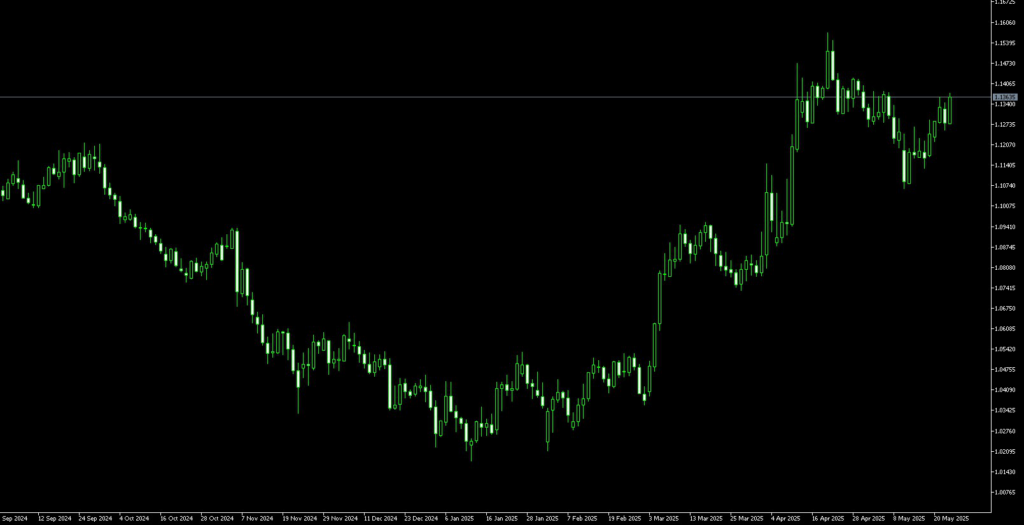
Fig.1: Daily chart of EUR/USD which has dipped slightly on the recent easing of tensions, but has recovered in recent sessions
Gold
As tensions rose in April, gold continued to surge up to all-time highs of $3,500/oz, as investors looked towards the precious metal for its safe-haven status.
Comments from the US Secretary of the Treasury, Scott Bessent, started gold’s pullback, which accelerated as tensions eased, agreements were made, and investor sentiment improved.
Whilst we expect trade tensions to continue easing as more deals are made, there are still other factors at play that can keep gold’s bullish momentum.
Continued geopolitical tensions persist around the world. Meanwhile, recession fears remain in the US, with GDP reported last month showing the first contraction in the US economy since 2022. Inflation fears also persist as another factor and environment where we often see gold rise.
We should therefore continue to monitor US CPI, GDP, and clues regarding the Fed’s future interest rate cuts for the longer-term performance of gold.
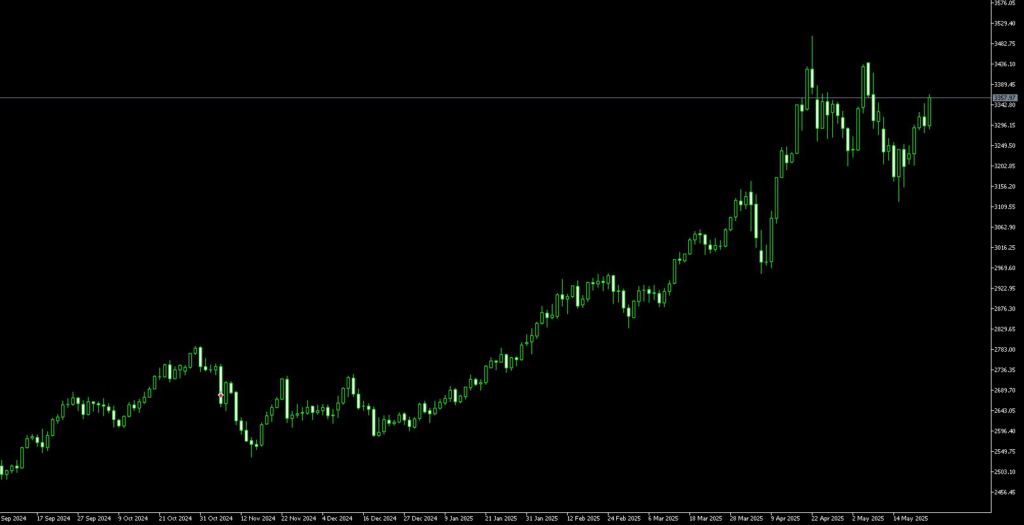
Fig. 2: Daily gold chart pulling back from its all-time highs as trade tensions ease
Oil
Whilst the easing of US–China tensions has boosted oil in the short termas it may reduce the impact on the overall outlook for oil remains under pressure. This is due to ongoing fears of a global economic slowdown, especially in the US and China, despite the recent progress.
This will have a negative impact on demand, while global supply increasesputting pressure on the price of oil. This remains the case as long as prices stay below the $65.00/barrel level.
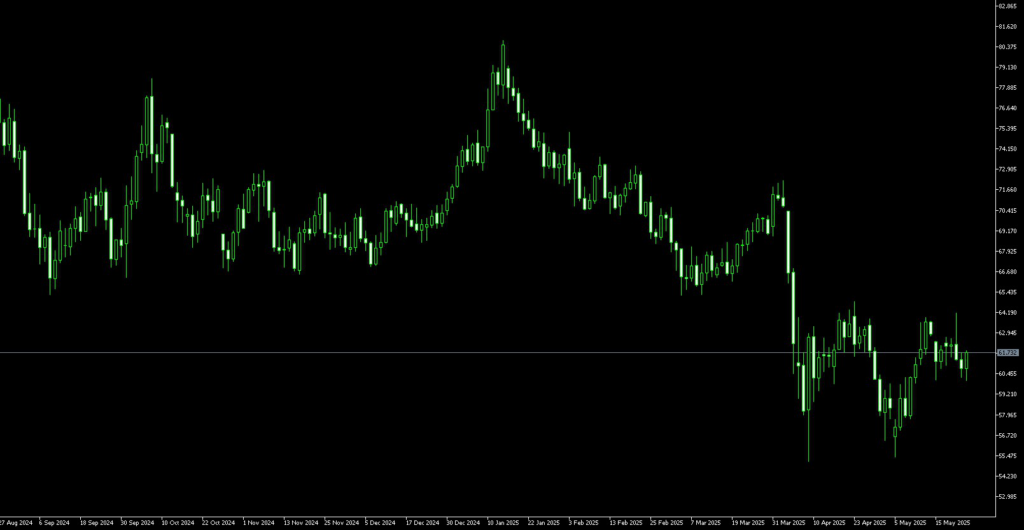
Fig. 3: Daily oil chart showing it remains under pressure on global demand concerns and increased supply
Indices
US indices experienced an upswing following the suspension of trade tensions with China. After the announcement, the Dow Jones surged by 1,160 points (+2.8%), the S&P 500 rose by 3.3%, and the Nasdaq increased by 4.4%. This was mainly due to the pause in tariffs providing a boost to investor confidence, particularly in the technology and consumer electronics sectors.
All the losses from “Liberation Day” have now been erased, and the DAX in Europe even made new all-time highs briefly, as monetary policy in Germany and the Eurozone boosted European indicesbefore a pullback on the tariff threats made by Trump.
India, which has been affected by tensions with Pakistan, was also boosted by the trade agreement with the UK. The Nifty 50 recorded its highest price of the year above 25,000, driven by optimism surrounding trade agreements and positive corporate earnings.
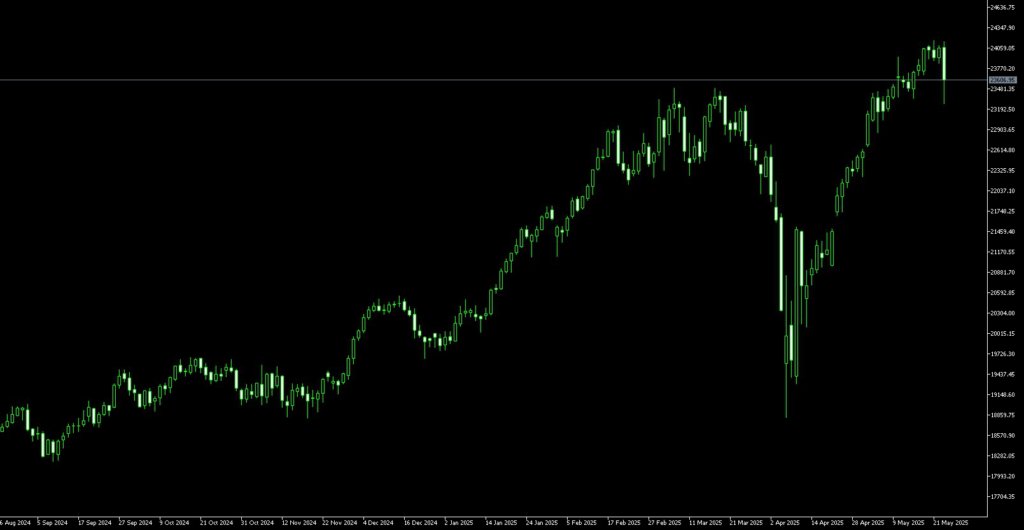
Fig. 4: Daily chart of the DAX breaking out and making new all-time highs after the initial sell-off from the trade tensions
Crypto
As pressure has eased on the markets, this has boosted cryptocurrencies led by Bitcoin as investor sentiment shifts back to riskier assets.
Bitcoin has moved up to make new all-time highs above the previous peak around $109,000.
As seen from the chart below, the bulls have taken control again and, whilst we still haven’t broken out and seen acceptance above the larger range, it looks likely to maintain momentum as sentiment continues improving.
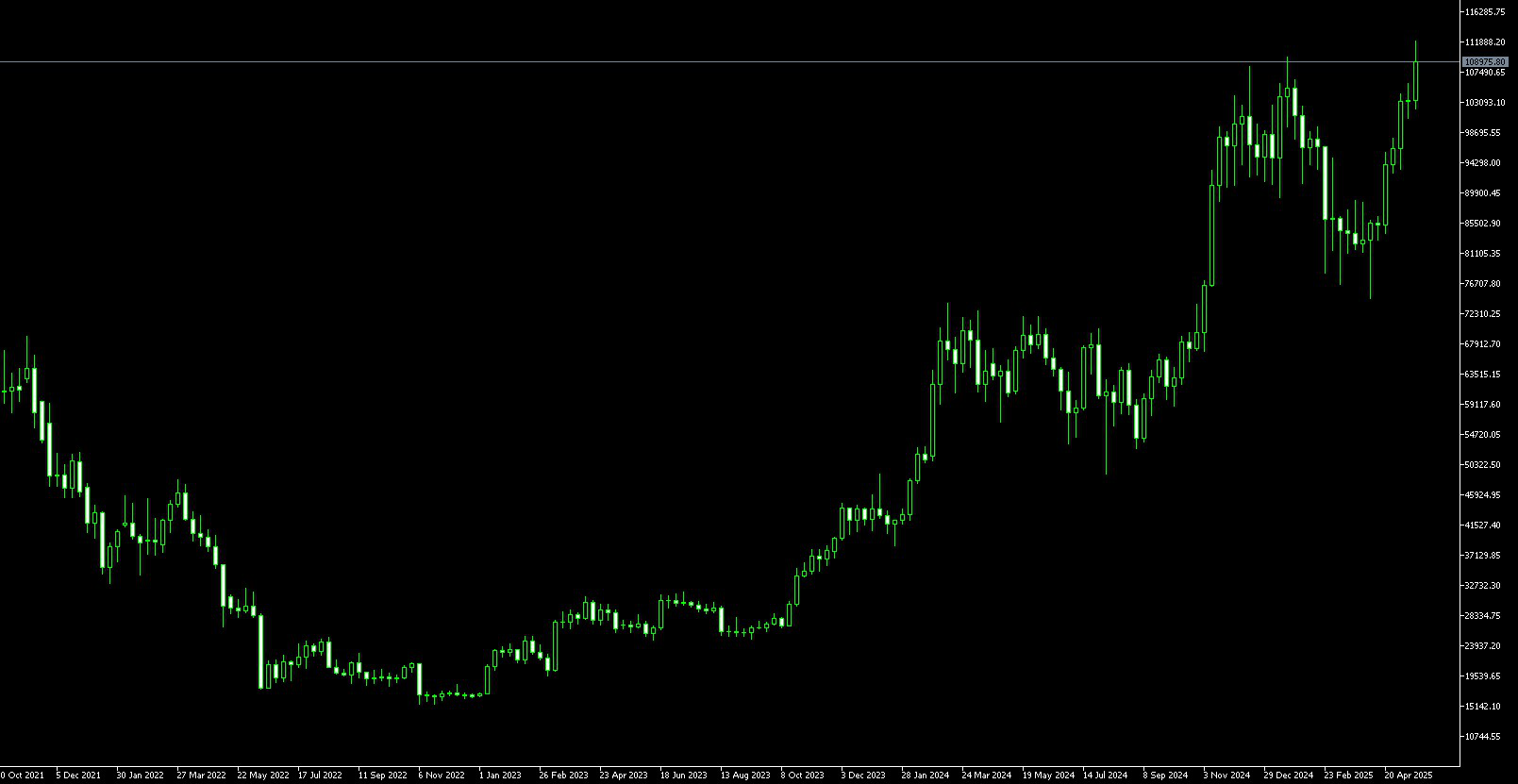
Fig. 5: Weekly Bitcoin chart showing Bitcoin making new all-time highs above the previous $109,000 level









